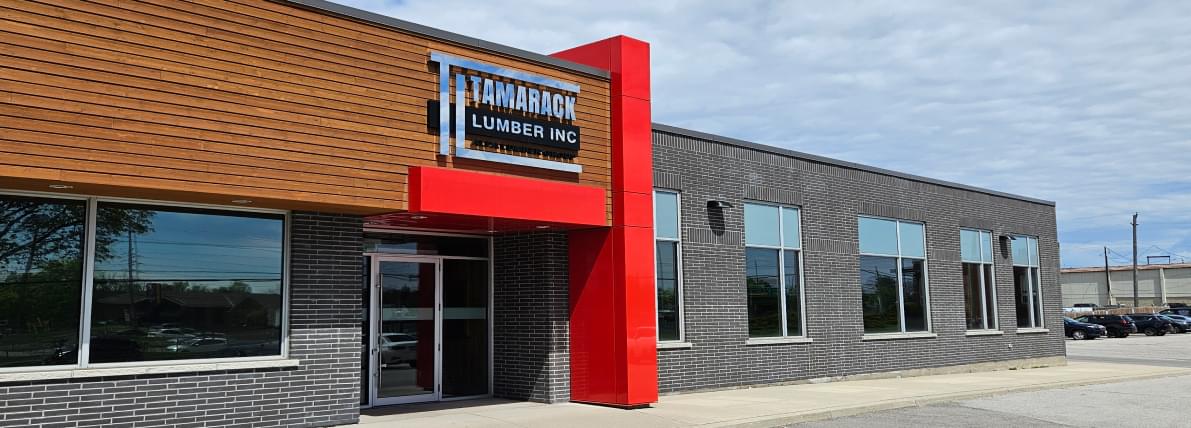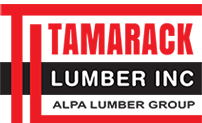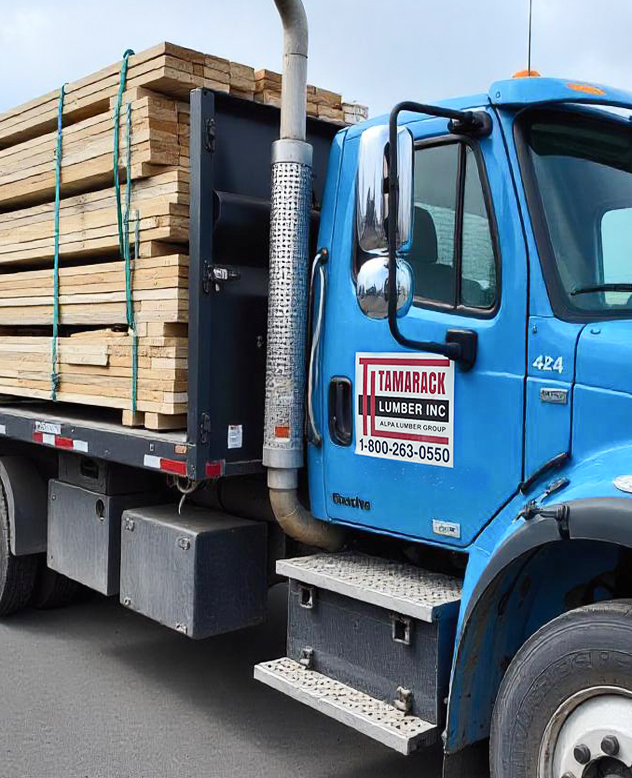
3 Common Roof Truss Designs to Consider
Choosing the best type of roof truss for your house can be quite challenging. The two major considerations you need to keep in mind are functionality and aesthetics. Depending on the specific option you pick, the costs of various roof truss designs vary. You may be wondering when you should use each design, and which one you should finally pick. To help you with this decision, we will be going over roof truss types today.
Here are some of the designs for roof trusses you can consider:
Raised heel: this roof truss design offers higher energy efficiency. What makes it unique from other designs is that it minimizes condensation issues as it serves as a vapour barrier. It is very common in houses located in humid climates where mould is a major problem. However, its major drawback is that it needs a soffit siding and more insulation, adding up to the cost. Still, a raised heel roof truss spans a huge area while providing a large, functional attic space for more living area.
Scissor truss: what makes this option different from other roof truss designs is its convenience and easy installation. It eliminates the need to install a bearing beam while using chords that slope inwardly. However, the biggest con of this truss is the difficulty in terms of achieving insulation which makes it more costly on the onset.
Parallel chord: as this truss design needs more steel members as braces, it costs a bit more than other trusses. It is very common in cathedral-style ceilings. Its complex design makes it less appealing to many and the steel braces make it less energy efficient than other designs. However, many still consider the beauty of the parallel chords more pleasing.
Choosing among these three popular roof trusses may not be easy on your part. Do not worry because we at Tamarack Lumber can help you pick the best one depending on your taste and preference.

